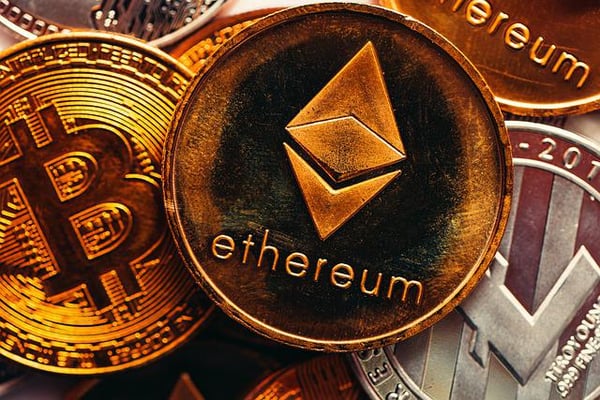Index Content
Taking the initiative to create a new token is an important first step, but before launching into its development, it is necessary to take into account some details, such as the blockchain chosen to mint the digital asset or the type of token you want to create, as a cryptocurrency is only one of its many possibilities.
It is practically impossible to read an article or watch a video about cryptocurrencies, real estate investment or blockchain technology without mentioning the word token. Don't worry if you don't know where to start or if you are not very clear about the type of token you need, in this article we will explain what they are and how to develop yours. Will you join us?
What is a token and what is it for?
A token is a physical or digital object that acquires value in a certain context or for a community, even if its own material state does not have that value in itself. For example: casino chips in the context of gambling represent a certain monetary value, but in their material state they are just small coloured discs made of metal or moulded clay.
In the crypto universe, tokens are generated from pieces of programming code in the form of smart contracts that are developed on a blockchain. These contracts are parts of the computer code that determine the rules of a crypto platform.
A token is a specific way of representing value on a blockchain. Examples of tokens used today include utility tokens and security tokens, but they are not the only ones. Pay attention to the following lines!

Types of tokens you should know about before you start developing them
The novelty of the token is that it uses blockchain technology to be exchanged as a valuable asset with a high level of security, transparency and speed. At this point, they can be classified into different categories that we explain below:
1.Fungible tokens. They allow goods, services and store of value to be exchanged, can be divided into smaller units and facilitate collective decision-making. Cryptocurrencies are a good example of this type of token. Fungibles, moreover, are the most similar to the money circulating in the cryptocurrency sector and can be divided into the following subcategories:
- Utility tokens provide future access to a product or service and are used to finance projects, for example in the decentralised lending sector, where protocols such as Compound allow the introduction of assets for collateralisation.
- Security tokens are investment vehicles that represent a stake in a company or asset. Some are exchangeable and can be traded on a stock exchange, but others are not exchangeable and are issued to finance specific projects. They are halfway between cryptocurrencies and company shares.
- Equity tokens represent a stake in the capital of a company. Equity tokens are issued in an ICO (initial coin offering) and can be used to buy shares in the company or to obtain a share in the company's profits. The only difference between an equity token and a traditional share is the way in which ownership is recorded. While the former is stored in a database, the latter is stored on a blockchain.
- Governance tokens are used to participate in the decision-making process of a decentralised organisation. Holders of these tokens can vote on changes to the platform, such as software updates or the allocation of funds. The aim of governance tokens is to improve the efficiency and transparency of decisions, as well as to reduce coordination costs. The LUNA token is a clear example.
However, the crypto world is constantly evolving, so new disruptive functionalities are born every day and you can discover them weekly on the Occam blog.

Develop a new token in a simple way
If you're looking for a practical and secure way to create a new token, you've come to the right place, here's how to do it.
- Let's say you want to develop an ERC20 or BEP20 token, both popular in the blockchain world. On the one hand, ERC20 is a smart contract with a pre-established data structure designed to facilitate the implementation of new functionalities on the Ethereum blockchain. On the other hand, BEP20 is a token standard that facilitates the implementation of digital tokens or currencies on the Binance Smart Chain.
- Both work on the blockchains of other cryptocurrencies, and to create a token on them, you must first have programming skills, as well as an understanding of the Solidity language. For this reason, it is always a good option to leave the development of the new token in the hands of specialists.
In short, tokens are developed in the crypto world through blockchain technology. They can be created, exchanged, stored and transferred in a secure and transparent way thanks to the blockchain, but they can also be used to represent digital or physical assets, such as coins, property or votes.
A cryptocurrency is a token, but a token is not necessarily a cryptocurrency
Currently, many people use token and cryptocurrency as synonyms, but they are not the same. The main difference is that cryptocurrencies have their own blockchain, while tokens are issued on another blockchain, such as Ethereum or Binance Smart Chain.
rememberthat a cryptocurrency is just one among many token possibilities!
To conclude: creating a token quickly and securely
would you like to create your new token in a few minutes on the Ethereum, Binance Smart Chain, xDAI or Ropsten blockchain? Ask all your questions on Occam and get the digital asset you have been dreaming of.





